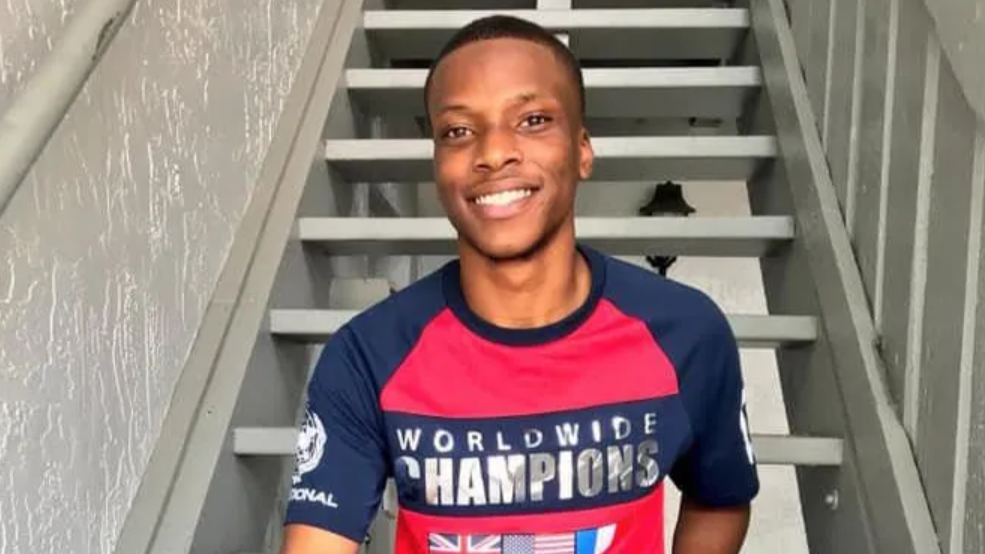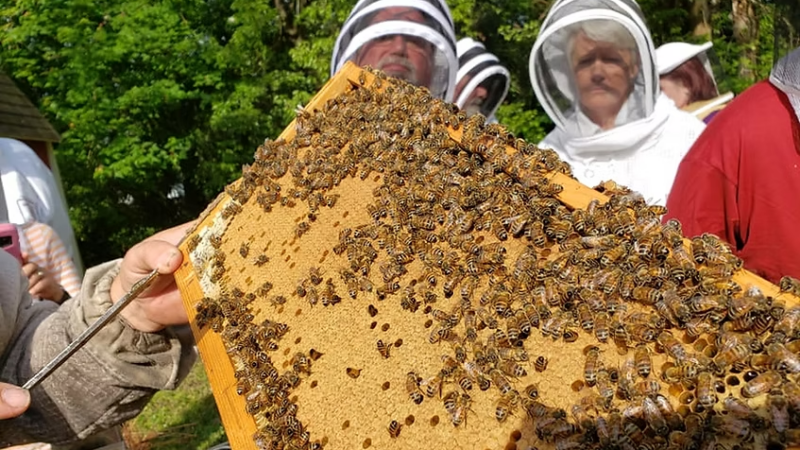At least seven members of the Jacksonville City Council and Sheriff T.K. Waters are attempting to expand the powers of the city’s top law enforcement official regarding the resolution of lawsuits that involve his officers.
The legislation, if approved by the 19-member City Council, would give Waters — and other elected officials — the ability to veto whether a lawsuit that involves their office is settled before a trial.
Waters requested the legislation after he publicly denounced a $200,000 settlement, first reported by The Tributary, in the police killing of Jamee Johnson, a 22-year-old Florida A&M University student who was pulled over for not wearing a seatbelt in 2019.
The Sheriff’s Office did not respond to a request for comment.
Johnson’s family filed a lawsuit against Jacksonville sheriff’s officer Josue Garriga, former Sheriff Mike Williams and the city in 2021. All parties reached a settlement in August.
Despite the payment, the city did not admit Garriga did anything wrong. Instead, the city said it settled because of the “uncertainty” of a trial — a move that “deeply disappointed” Waters.
When The Tributary publicized the settlement in November after the case was dismissed, Waters told reporters that the city entered into a settlement agreement without his knowledge or consent.
“If properly consulted by representative counsel, my request would have been to take the case before a jury and not settle,” he said.
Emails obtained by The Florida Times-Union confirm the settlement recommendation was emailed to Undersheriff Shawn Coarsey on Aug. 1, a week after it was written and two business days after the director of finance approved it. Soon after, Johnson’s family agreed to the settlement (their attorneys asked for $5 million during mediation, according to those records) and it was finalized in September.
Waters met with the Office of General Counsel on Aug. 12, according to a Sheriff’s Office email to The Times-Union, but details of what happened during that meeting have not been made public. There’s no record of Waters objecting to the settlement in the records the newspaper received.
Then, on Jan. 10, the City Council introduced legislation at Waters’ request that would require written authorization by constitutional officers for the city to settle any claim involving their office.
In his statement in November, Waters said that “JSO maintains that our officer’s actions constituted legally permissible use of force in defense of his own life. While JSO is bound by this settlement agreement, I am deeply disappointed by the outcome of this litigation and JSO’s lack of proper notification by our attorneys.”
The lawsuit against the Sheriff’s Office and Garriga questioned a key part of Garriga’s retelling of what happened. The officer said Johnson reached for his gun in an attempt to kill him, but Johnson’s family argued he was unarmed and had his hands raised when Garriga shot him four times.

The lawsuit said Johnson’s autopsy, performed by the Duval County Medical Examiner’s Office, aligned “with the eyewitness account that Jamee was shot after he exited the vehicle with his hands raised above his head surrendering himself” to police. And, during depositions, his parents’ lawyer found a former FBI agent turned ballistic expert who also challenged Garriga’s story.
The expert’s opinion was that Johnson was unarmed and standing outside the car when Garriga shot him and that Garriga had sufficient time to perceive Johnson was unarmed before firing, according to the settlement.
If the case had gone to trial, the settlement says the city and Garriga’s attorneys would have argued the expert’s opinion was not reliable or based on valid methodology. However, the city said it couldn’t predict whether a judge would have granted the motion to exclude the opinion.
The city’s own hired expert wrote a 29-page report that concluded Garriga’s “tactics” before, during and after the shooting were reasonable.
Instead of bringing the case to trial and possibly allowing the plaintiff’s expert to testify in front of a jury, the city decided it would save money to settle the case, something that Waters disagreed with.
If the proposed legislation passes, Waters would have to sign off on any settlement agreement before it’s approved by the finance department.
The traffic stop
According to body camera footage of the Dec. 14, 2019, traffic stop, Garriga said he smelled marijuana in Johnson’s car, and he accused Johnson of acting nervous. When asked if there was anything else in the car, Johnson said he had a handgun that was wrapped in a jacket he wasn’t wearing.
After the shooting, police found the gun wrapped in the jacket between the seat and center console. They also found a couple ounces of marijuana inside a bag under the passenger seat, according to photos.
When he learned about the gun, Garriga asked Johnson to get out of the car, but the officer didn’t ask him to turn off the vehicle.
While Johnson stood outside of the open driver’s seat car door, they had a conversation about the legality of Johnson’s firearm being inside his jacket and without a holster while driving.
Garriga told Johnson that he was going to put him in the back of the police car so he wouldn’t run while Garriga checked the serial number on the gun.
Meanwhile, Officer Kristopher Graham stood behind the men. The video from Graham’s body camera showed that while Garriga tried to direct Johnson to the patrol car, Johnson lunged back into his own car. Garriga immediately grabbed him, and police said his body camera was knocked off of its mount. However, camera footage released by the Office of the State Attorney’s went black before Garriga lunged.
Graham’s body camera showed that Garriga and Johnson struggled inside the car. In a statement later, Garriga said that Johnson grabbed the gun with his right hand. While struggling with Garriga, Johnson’s foot hit the gas pedal and the car drove forward into the front yard of a house.
Several seconds after the car stopped, Garriga is seen moving back from the open door as he shoots Johnson. The State Attorney’s office said that Garriga “used the least amount of force necessary to prevent Johnson from arming himself.”
The struggle wasn’t caught on Graham’s camera and he didn’t see what happened inside the car, but the State Attorney’s Office said the other available footage corroborated his statement.
Nichole Manna is The Tributary’s criminal justice reporter. You can reach her at nichole.manna@jaxtrib.org or on Twitter at @NicholeManna.
This story is published through a partnership between Jacksonville Today and The Tributary.







